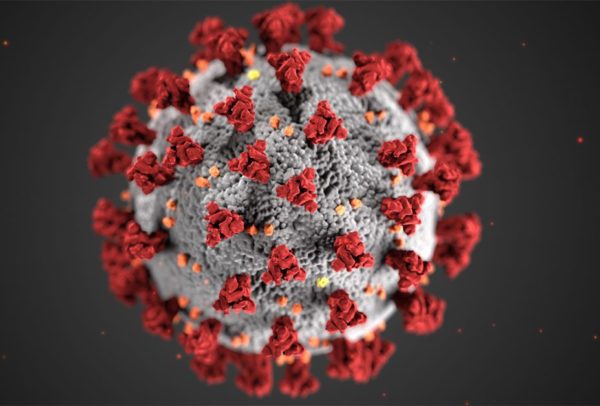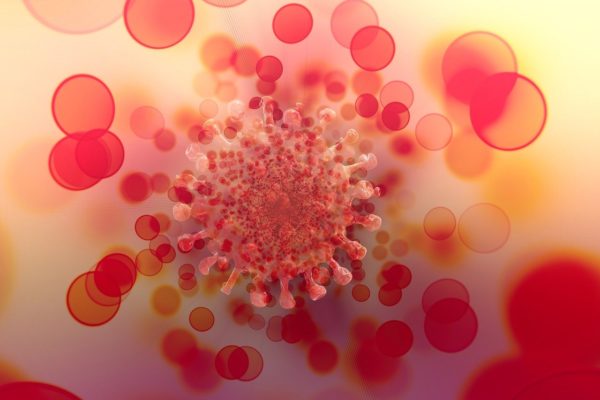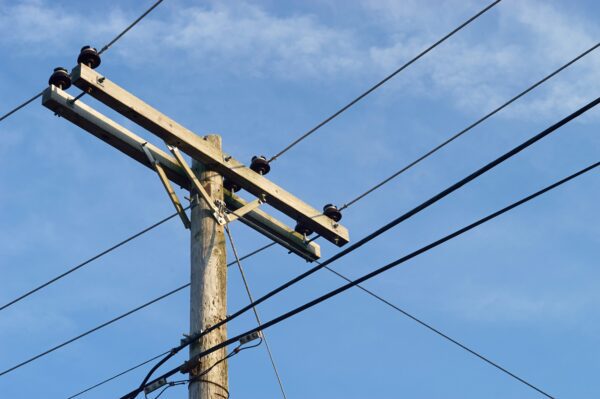The number of new COVID-19 infections reported in Los Angeles County over the past week fell slightly compared to the prior week, health officials said Thursday, but a slight increase in the concentration of the virus in local wastewater was also detected.
According to the county Department of Public Health, the small increase in wastewater concentrations of the virus could potentially indicate the beginning of a spread of a recently detected new strain of COVID-19, although the official number of local cases remains limited.
Health officials last week confirmed the first local cases of the new strain known as Arcturus, or XBB.1.16. The county has officially confirmed only three local cases of the strain, but modeling by the U.S. Centers for Disease Control and Prevention estimates that Arcturus accounts for 8% of COVID cases in California and 10% nationally.
Overall, the county logged 2,659 new COVID infections for the week, down from 3,114 the previous week. Official case numbers, however, continue to be undercounts of actual virus activity in the county, due to the number of people who rely on at-home tests without reporting the results, and those who don’t bother testing at all.
The seven-day average number of new hospital admissions related to COVID was 275 over the past week, down from 328 the previous week, according to the county. The number of virus-related deaths reported for the week was 54, up from 44 a week earlier.
As of Tuesday, the overall virus-related death toll in the county was 36,199.
County officials continue to monitor concentrations of the virus found in local wastewater streams, as a way of countering the lack of official reporting of new infections. The concentration had been holding steady at about 14% over the past month, but it rose to 18% for the week ending Wednesday, according to the Department of Public Health.
“Although we are facing the reality of a new Omicron strain gaining dominance and it is not yet possible to predict the impact, I am confident that the tools available to us, including vaccines, therapeutics and testing, can limit bad outcomes,” county Public Health Director Barbara Ferrer said in a statement. “Because this new Omicron strain is still COVID, we know what works and what common-sense precautions make a difference. Public Health will continue to provide resources and updated information so that the knowledge we have can inform decisions that maximize our protections.”
Health officials noted last week that the Arcturus strain of COVID-19 may be tied to an unusual symptom — conjunctivitis, or pink eye. Ferrer said last week the link between Arcturus and pink eye is only from “observational data,” and it remains too early to determine if the emergence of the new strain actually is linked to higher rates of conjunctivitis.
“However, residents should be aware that itchy, watery or red eyes may be a sign of a COVID-19 infection and these symptoms should not be simply dismissed as a result of pollen or seasonal allergies, especially if someone more vulnerable to severe illness could be exposed,” according to the health department.







